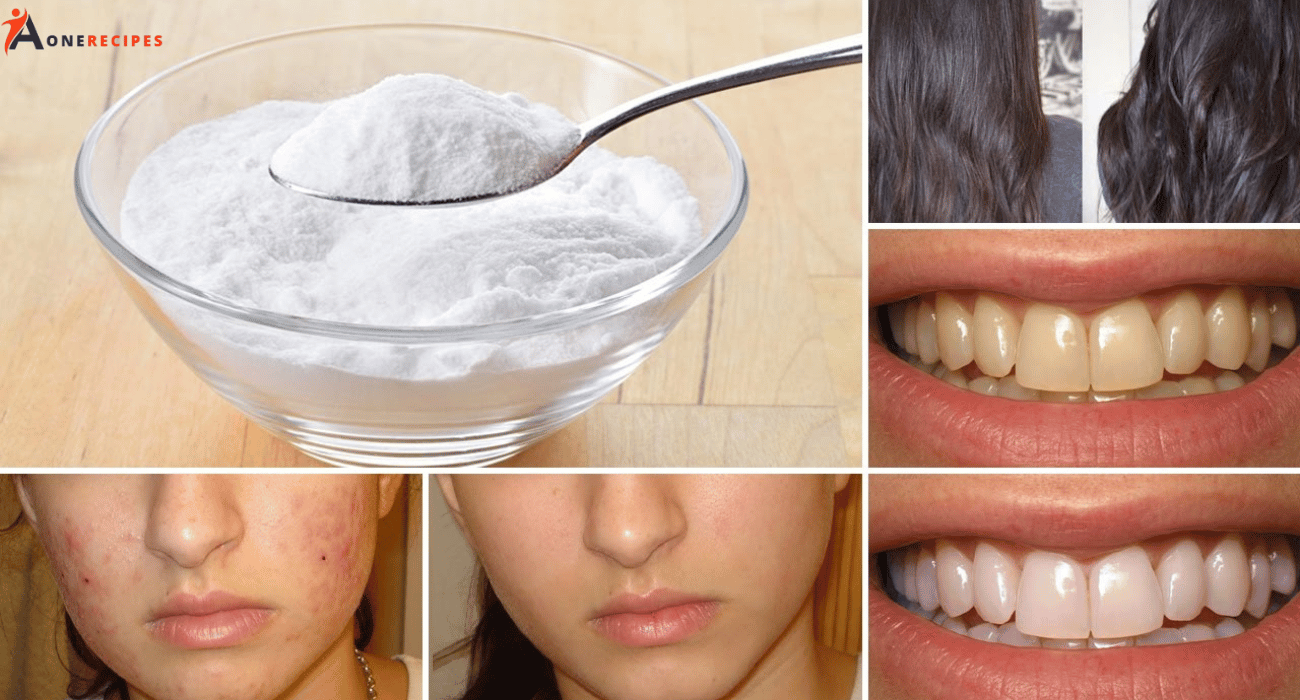Causes of Red Moles on the Skin: Symptoms and Treatment Options
Have you noticed red spots or red moles on your skin? Learn about the causes of red moles (also known as cherry angiomas), their symptoms, and the best treatment options.
What Causes Red Moles to Appear?
The exact cause of red moles remains unclear, but several theories suggest possible reasons for their appearance:
- Genetic and Hereditary Factors: Some scientists believe that the appearance of red moles may be linked to genetic factors.
- Exposure to Chemicals: Research indicates that exposure to certain environmental factors or chemicals may increase the likelihood of red moles developing. For instance, bromide, a chemical found in many everyday products like prescribed medications, baked goods, and plastics, is thought to contribute, though evidence is limited.
- Exposure to Gases: Some studies suggest that exposure to specific gases may play a role in the development of red moles, but this theory also lacks strong evidence.
Symptoms of Red Moles
Red moles typically appear as small red or purple spots on the skin, and common symptoms include:
- Red or Purple Spots: Due to the expansion of blood vessels (capillaries).
- Oval or Circular Shapes: The moles may appear as flat or raised spots.
- Variable Size: The moles can range from tiny dots to several millimeters in diameter.
Red moles may start flat and become raised over time, which is a normal part of their growth process.
Differential Diagnosis of Red Moles
While red moles are usually easy to diagnose, they can sometimes resemble other skin conditions, including:
- Angiokeratoma
- Spider telangiectasia
- Pyogenic granulomas
- Nodular basal cell carcinoma
- Amelanotic melanoma
If a doctor suspects that the red spots are not red moles, they may recommend a biopsy to examine the tissue.
Treatment Options for Red Moles
Red moles are generally harmless, and in most cases, they don’t require treatment. However, in certain instances, removal may be necessary to rule out other skin conditions, such as melanoma. Red moles can also be removed for cosmetic reasons using several methods:
- Cryotherapy (Freezing Treatment)
- Electrosurgery
- Laser Therapy for Blood Vessels
Additional Information About Red Moles
Red moles are a common skin growth that usually appears after the age of 30. In most cases, they don’t pose any health risks. However, if you notice any changes in their size, shape, or color, or if they start bleeding, it could be a sign of a more serious skin issue, such as skin cancer.
Conclusion
Red moles are typically harmless skin growths, but they may require treatment in rare cases or for cosmetic purposes. If you’re concerned about changes in your red moles, it’s always best to consult with a healthcare professional for an accurate diagnosis.



